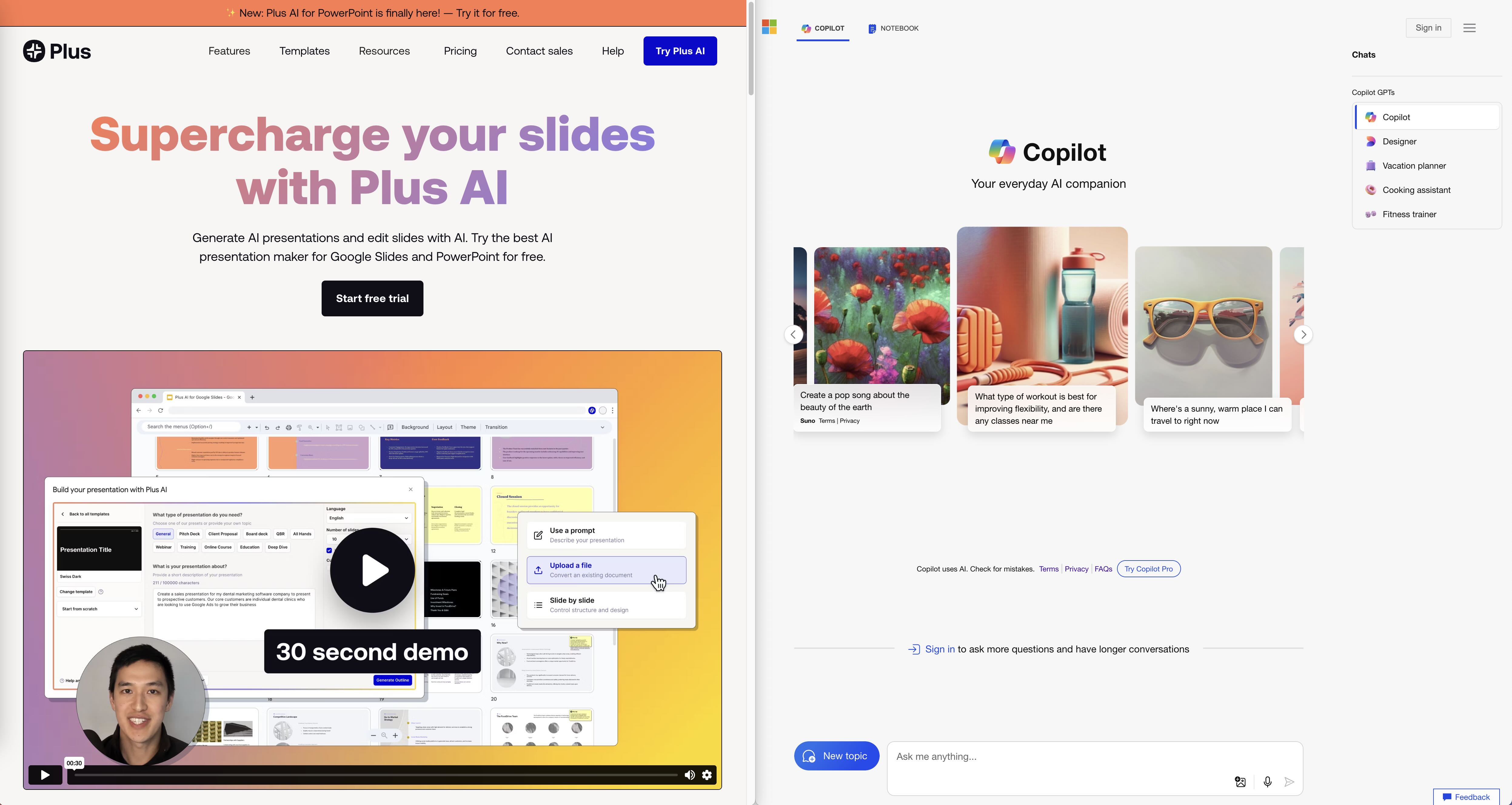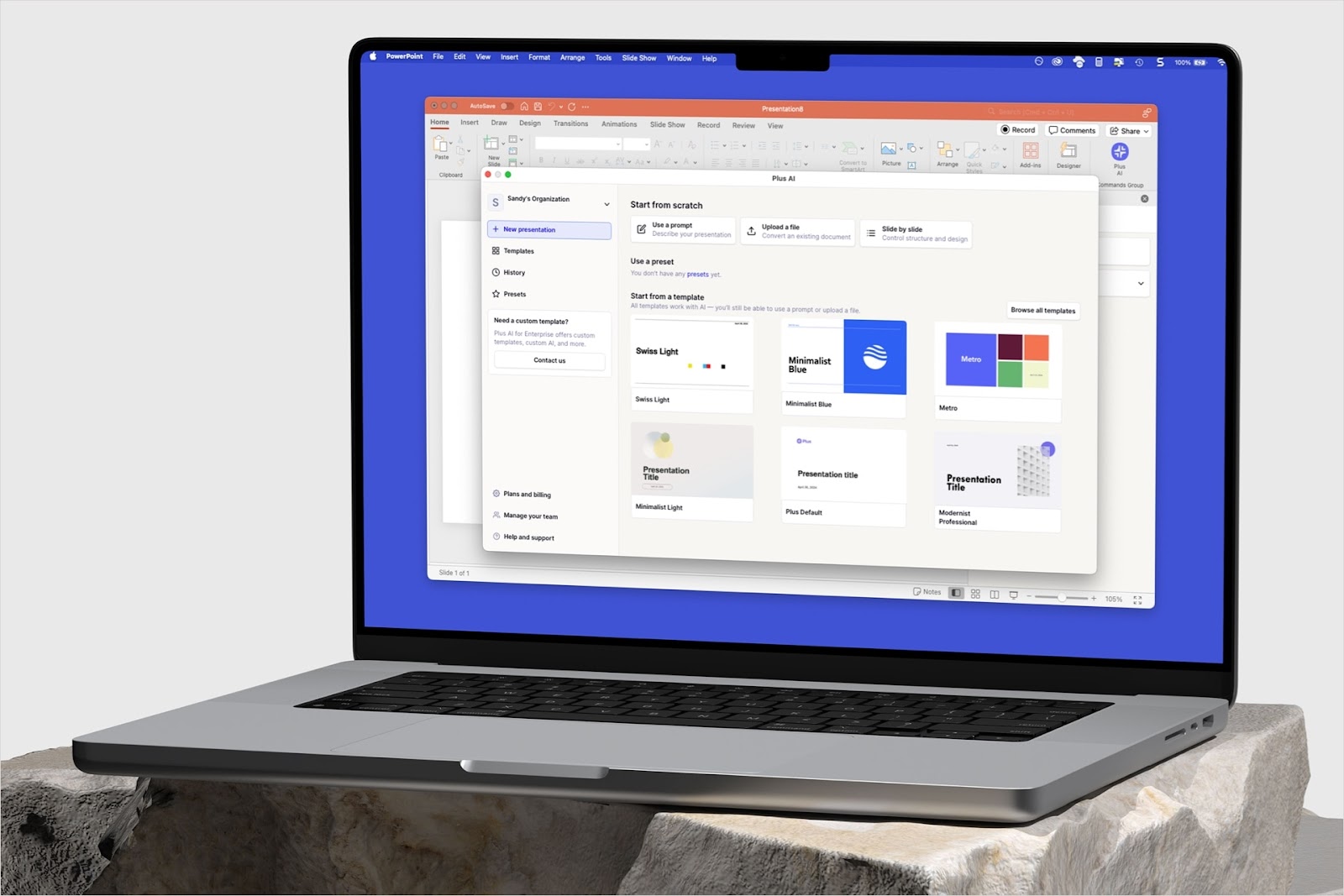Need to keep track of your project, tasks, and team communication without having them scattered across multiple apps? In this article, we'll show you how embedding a Google Calendar into Confluence can help make your life easier—all from the convenience of one platform.
Confluence is the go-to project management tool for teams that need to work together, no matter their location in the world. Its cloud based collaboration platform allows them to securely store documents, share ideas and collaborate on content. Also, it integrates with other popular Atlassian products like Jira or Trello, so teams can stay connected and up to date.
If you’ve ever struggled with organizing your team's calls and events, integrating Confluence and Google Calendar could be the answer.
With Google Calendar and Confluence working together, teams can collaborate effortlessly. No more switching between apps or trying to manage multiple team calendars; now it's as easy as embedding a Google Calendar directly into your page for real-time updates.
In this post, we will explore how easy it can be to embed your Google Calendar into Confluence, so that managing a team calendar is one less thing on everyone’s mind. There are two methods available, and we'll guide you through the process so that it's easy for you to pick the one that best fits your needs.
{toc}
Method 1: Use Confluence’s built-in iFrame block
Unlock the power of your Google Calendar with a few easy steps. Start by opening your calendar, then navigate to the settings in the “My Calendars” section.

Scroll down until you find “Access permissions for events.” Be sure to check “Make available to public,” so that your calendar can show up on Confluence. (Note: If you do not make your calendar public, you will not be able to embed it in Confluence)

Once you're ready to share, scroll down to get your embed link. Copy it to your clipboard.
Head to your Confluence page, type “/iframe” or click the + icon and select “iframe.” Then paste in the embed link you copied earlier for an instant calendar view on your page. To make things simpler, check out the GIF below illustrating these instructions.

Select the iframe, and paste the URL of your Google Calendar into the URL field of the sidebar window.

When you first add your Google Calendar to an iFrame element, the output will look a bit strange. To get it to what you need for it to be usable, some size adjustments are necessary.

To fix these issues, go back into the edit mode of the iFrame element. To fix the width, add “100%” into the “Width” input field. This will ensure that the Google sheet fills the available width within the parent Confluence page.
To fix the height, you may be thinking you could add “100%” to the “height” input field. However, that doesn’t work inside Confluence. Instead, you can add a pixel value such as 500px or 1000px.
Embedding Google Calendar into Confluence via iframes provides a convenient way to instantly show important calendar information. But what if you need to present a limited view of your calendar—such as a specific week or day?
With Method 2, you can share select parts of your calendar and maintain control over which data remains private.
Method 2: Use Plus for embedding Google Calendars in Confluence
This method offers an option of tailoring exactly what and how you share from your Google Calendar.
Step 1: Set up your Plus account and take a Snapshot
To use Plus, sign up here, and follow the instructions to install the Plus browser extension. After installing the extension, visit the Google Calendar you want to embed in your Confluence page.
{cta}
In this example, I’d like to share the weekly view of my calendar. This is where Plus shines as the best method to embed customized views.
Click the Plus icon in your browser, and click the “Take a Snapshot” button. To take a Snapshot, draw a box around the area of the screen you would like to capture – it’s as simple as taking a normal screenshot on your computer. A confirmation window will appear on your screen when it is successful.

Step 2: Copy the URL of your Snapshot and paste it into Confluence
To embed the Snapshot that you just captured, click on the pinned Plus extension on your browser, and copy the URL of your Snapshot. Paste this link inside your Confluence document.
Click on the link box and switch to ‘embed’ view instead of Confluence’s default inline view. It will expand to display your Google Calendar.
You can adjust the size and positioning of the Google Calendar based on your preferences or layout needs.
Check out the GIF below for a visual guide!

You can adjust the size and positioning of the Snapshot for an ideal layout every time.
Note: Plus makes it easy to customize the look of your Google Calendar with iframe blocks as well. Simply paste in a Snapshot URL in the iframe embed link, and you'll be able to apply specific height and width parameters, giving you precise control over the display of your content.
If you’re looking to embed Google Sheets into Confluence next, here’s a step-by-step guide.
Conclusion
Confluence is a powerful hub for managing projects and improving collaboration. With Confluence and Google Calendar working in tandem, teams can now stay on top of their upcoming calls and events with ease. Keep all your essential dates in one place to ensure everyone’s always up-to-date!
We hope with this guide, you can quickly access and share your calendars and schedules inside Confluence without ever leaving your workspace. Ultimately, the method that you choose will depend on your needs and preferences.
If you’d like to embed multiple apps into Confluence, try Plus. It's the perfect way to integrate Google Calendars (and more!) into Confluence, so you can work faster and smarter than ever before—all within a few clicks!







